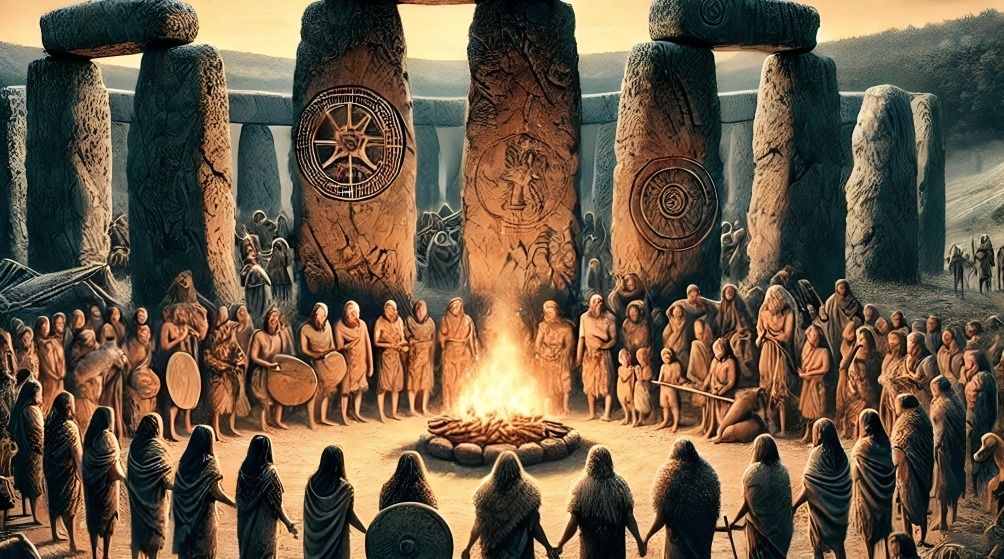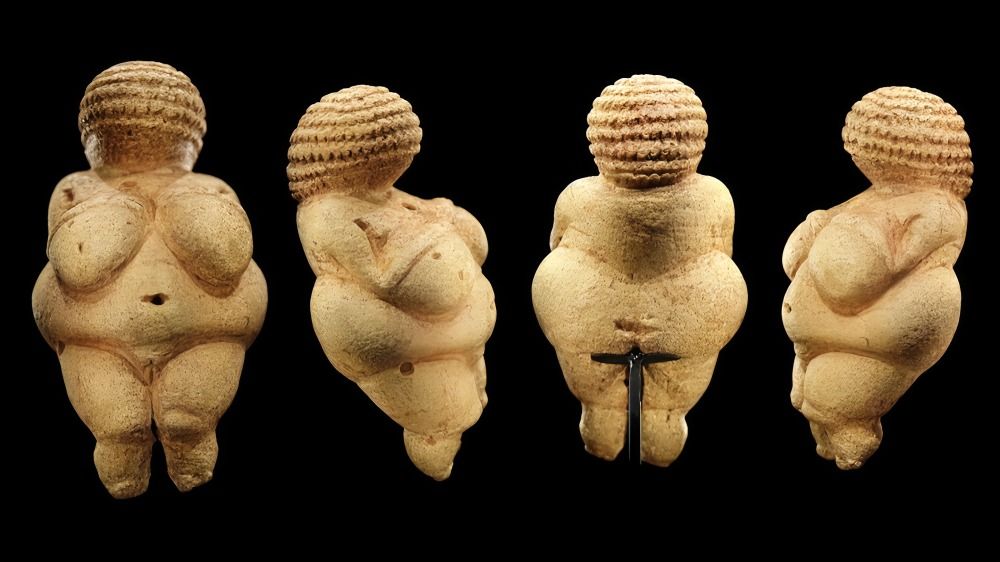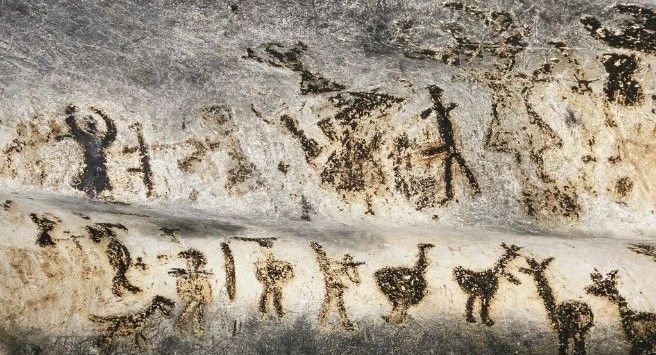
“
The Religion and Rituals in Neolithic Societies were fundamental in shaping the social and cultural fabric of these communities. As Neolithic people transitioned from nomadic foragers to settled agriculturalists, their spiritual beliefs began to evolve, reflecting their new lifestyles. Rituals, communal gatherings, and the construction of sacred spaces played essential roles in fostering unity and addressing existential questions. This blog uncovers 20 intriguing facts about the intricate relationship between religion and daily life in Neolithic societies, highlighting how these practices not only provided explanations for natural phenomena but also influenced their cultural development throughout the era.1
”
Neolithic societies practiced animism, believing that spirits inhabited elements of nature like trees and rivers. Rituals aimed to honor these spirits, emphasizing the deep connection between spirituality and everyday life.1
Burial practices featured graves with pottery, tools, and food for the deceased, suggesting beliefs in an afterlife. This practice highlighted respect for ancestors and the community's connection to the past.2
Megalithic structures like Stonehenge served ceremonial roles in Neolithic cultures, acting as astronomical observatories and gathering places that connected communities to cosmic cycles and agricultural rituals.3

Fertility figurines like the Venus of Willendorf symbolized Neolithic reverence for fertility. These artifacts reflected the importance of motherhood and the earth's nurturing role in sustaining life.
Ritual feasting was essential for strengthening social bonds, allowing communities to give thanks to deities for abundant harvests. These gatherings reinforced cohesion and celebrated the connection between spirituality and sustenance.4
Ancestor worship played a key role in Neolithic spirituality, with rituals honoring deceased relatives. Communities offered food and possessions to the dead, believing that ancestors influenced the living.5
Shamanic practices thrived, with shamans acting as intermediaries between the material and spiritual worlds. They conducted healing rituals and ceremonies, playing crucial roles in their communities' spiritual well-being.6

Cave paintings and pottery depicted rituals and beliefs, offering insights into Neolithic religious practices. These artworks showcased storytelling, symbolism, and the significance of artistic expression in their culture.
Seasonal celebrations marked important agricultural events, invoking blessings from deities for fertility and success. Rituals reinforced dependence on nature's cycles and divine forces for survival and prosperity.7
Rock art from this period featured religious symbols believed to enhance fertility, showcasing the deep connection between artistic expression and spirituality in ancient societies.8
Divination sought knowledge from the spirit world, guiding decisions on farming and hunting. Techniques like interpreting animal behavior deeply connected the community to their spiritual beliefs.9
Community burial sites revealed shared beliefs about life and death in Neolithic societies. Collective graves emphasized the importance of spirituality, showcasing varying beliefs in an afterlife and the deceased's role.10

Fire held significant ritualistic value, purifying spaces and connecting communities with spiritual forces. Ceremonies involving fire symbolized transformation, renewal, and the elemental resource's power in daily life.
Amulets and charms were used for protection and attracting good fortune. These objects highlighted beliefs in the supernatural and the importance of personal symbols in religious practices and everyday life.11
Masks used in ceremonies enabled individuals to embody spirits or deities, enhancing spiritual experiences and connecting participants to the divine during significant communal events.12
Sacred groves were essential to spirituality, believed to house powerful spirits and deities. Rituals honoring nature reinforced reverence for the earth and its resources, highlighting the interconnectedness of life.13
Seasonal migrations to sacred sites for festivals illustrated deep spiritual connections with land. Communities celebrated changing seasons, reflecting intertwined spirituality, nature, and social ties, fostering unity and gratitude.14
Ritualized burials showcased diverse beliefs about the afterlife. Some cultures honored the dead with elaborate grave goods, illustrating varying attitudes toward death, spirituality, and existence beyond life.15
Ceremonial games held religious significance, honoring deities through competition. These events reinforced community ties while providing joyful outlets for spiritual expression and celebration among participants.16
The construction of burial mounds served as focal points for rituals and gatherings. These sacred spaces commemorated the dead, illustrating the intertwining of memory, death, and spirituality in Neolithic societies.17


